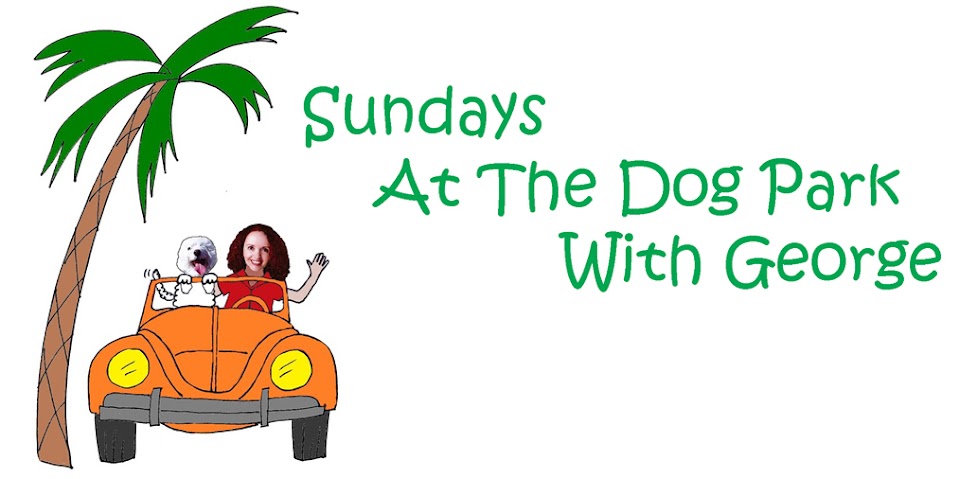
In my hometown in rural Indiana, the town dentist lived across the street from my grandparents. We often saw him walk down the hill to his office just a few doors down, or back up again at the end of the day. I went to Dr. Cromwell beginning when I was small, and I remember his smile, and his sing-songy voice that gently lectured about the latest developments in oral hygiene while he worked, and the tray of fancy plastic rings from which I got to choose when my appointment was over.
I had minor dental surgery recently, so it makes me think about Dr. Cromwell. I miss that comforting feeling that comes from knowing someone since you were a kid.
Every Halloween, we trick-or-treated at the Cromwells’, and he or his wife would put a brand new toothbrush in our treat bags. When I was the 4-H Fair Queen at age sixteen, Dr. Cromwell let me borrow his little white MG convertible to ride in the Indian Festival parade. And in college, I called him one weekend when I was in extreme tooth pain, and he gave me the solution over the phone. I’ll never forget how relieved I was, to have him take care of me from hundreds of miles away!
Now in Vegas, I have a dentist who I’ve seen for 15 years, nearly rivaling my length of time with Dr. Cromwell. Dr. Hendrickson is also smiley, but he gives me dental floss and toothpaste instead of fake diamond rings. But at least I have a history with him, too. I can say he knew me when I was in my twenties! I guess he knew me when I was young, too.
p.s. George really likes chicken-flavored toothpaste.




